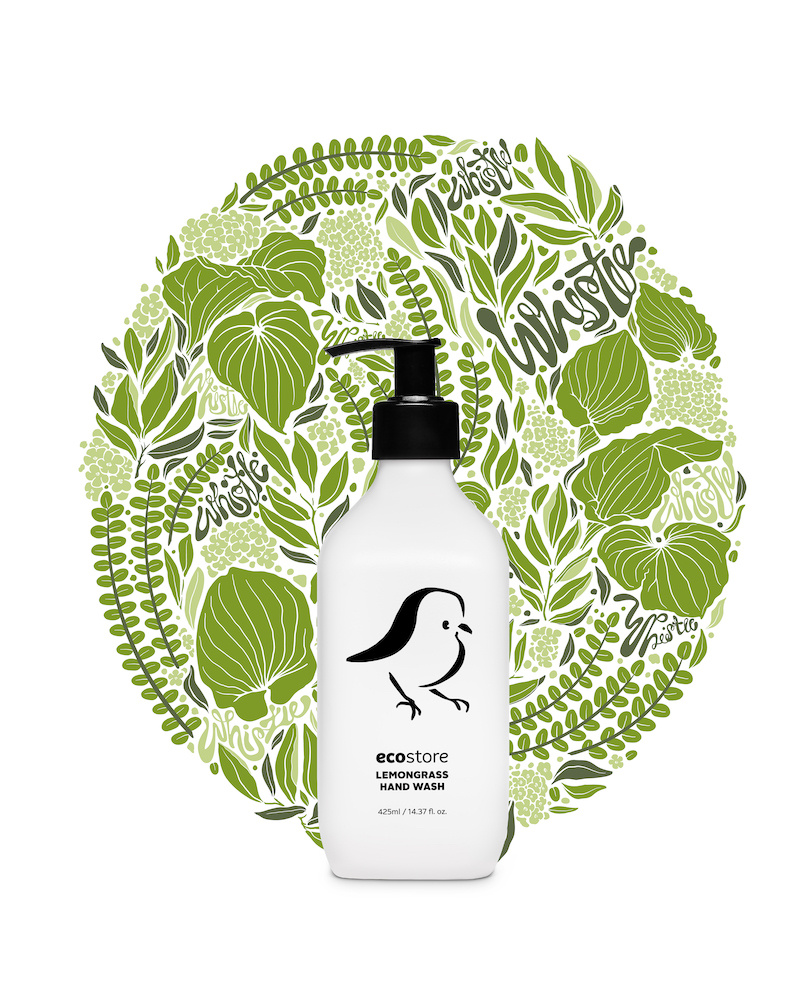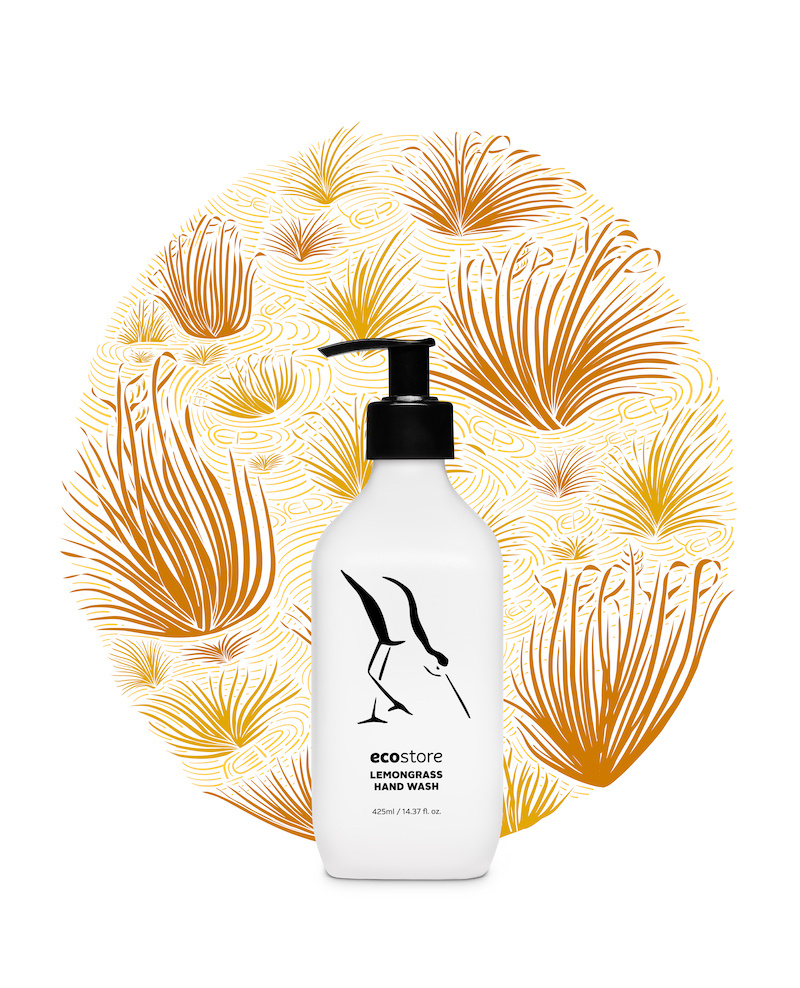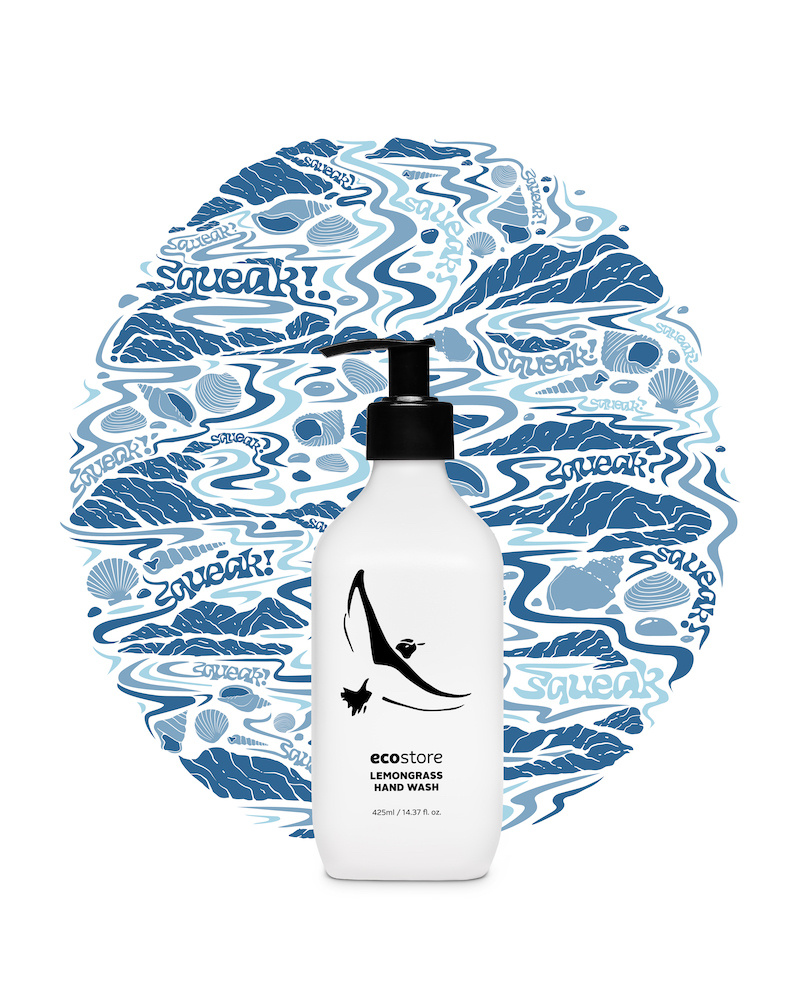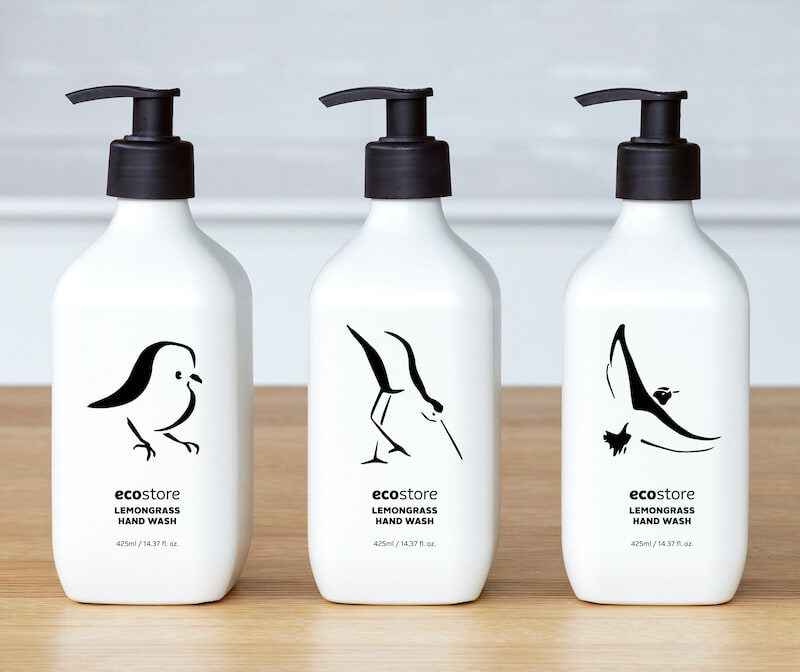Help us make some noise for the Underbirds!
New Zealand’s native birds are amazing. But according to Forest & Bird, 80% are in trouble! As a proudly Kiwi company, we want to help turn this statistic around. That’s why in 2021, we’re making some noise for New Zealand’s ‘Underbirds’, by donating 50c from every Limited Edition Hand Wash to Forest & Bird. So they can keep protecting our unique native birds and their habitats. Forest & Bird is Aotearoa / New Zealand’s leading independent conservation organisation. They work to defend nature – across our Land, Fresh water, Oceans, and Climate & Economy.
In the plant-based formulation you love, this Hand Wash is enriched with hydrating harakeke (New Zealand native flax) and comes in our popular lemongrass fragrance.
To raise awareness, we’re also encouraging Kiwis to vote for their favorite Underbirds in Forest & Bird’s New Zealand Bird of the Year 2021 (Te Manu Rongonui o Te Tau) campaign.
Designed to be refilled, each bottle features one of three Underbirds illustrations by artist Pablo Kraus – Kakaruia, Tuturuatu, and Kakī. These lesser-known and ‘nationally critical’ native birds have beautiful voices, yet they’re at risk of falling silent. It’s up to us Kiwis to make them a familiar sound in our environment once again.
KAKARUIA (Chatham Island Black Robin)

Back from the brink – this sooty little nugget was almost completely wiped out, with a population of just 5, surviving thanks to a single mature female (Old Blue) and the efforts of some very dedicated humans. Every one of the roughly 250 Kakaruia alive in the Chathams today is her descendant. The Black Robin mates for life, nests in hollow trees, and isn’t much of a flyer. Still very vulnerable to predators, Kakaruia breed and socialise in dense forest, foraging for bugs in trees and leaf litter.
KAKĪ (Black Stilt)

This chic, all-black stilt – of which there are just 100 left – has long red legs and a fine, pointed black bill. Its habitat lies in the central South Island – especially around lonely braided riverbeds and wetlands, where it nests close to food sources – the mayfly is a particular treat. Black stilts first breed when aged 2 or 3, in solitary, territorial pairs, defending their territories against other stilts. In spring, eggs (usually 4) are laid in vegetation, open banks, or small depressions. This quiet wader is at risk from flooding, introduced predators, and hawks.
TUTURUATU (Shore Plover)

This small, colourful beach lover is found on a few predator-free islands in the Chathams and mainland New Zealand. One of the world’s rarest shorebirds (~175 adults), its territorial call is a loud ringing, although conversations within pairs are low-key. While vulnerable to introduced pests on land, these plucky plovers are strong, long distance fliers – voyaging as far as 850km. They come home to breed monogamously and defend their nest, which they create under beachside plants, stones, or driftwood.
